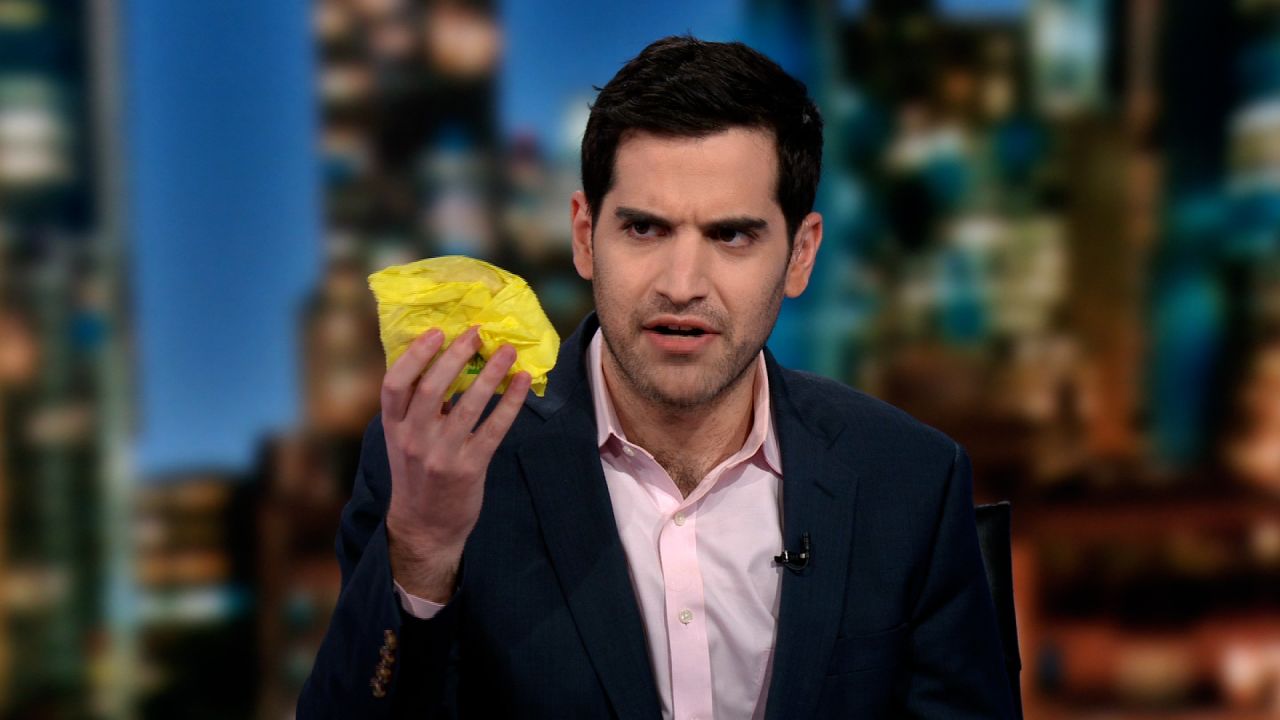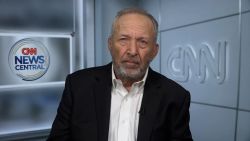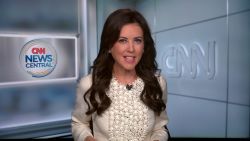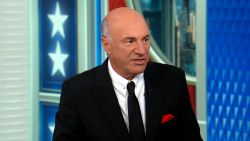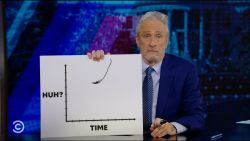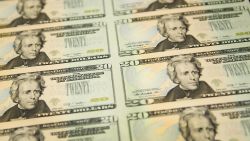Tesla CEO Elon Musk has said numerous times since 2015 that Tesla cars would be entirely self-driving in two years, or less. But years after his self-imposed deadlines have blown by, it still hasn’t happened. Even when equipped with a $15,000 technology package that is literally called “Full Self Driving Capability,” a Tesla car can’t actually drive by itself.
Now, lawyers for Tesla are arguing that while the company may have failed to live up to these lofty goals, that doesn’t mean it perpetuated a fraud, as alleged in a class-action lawsuit filed in September.
“Mere failure to realize a long-term, aspirational goal is not fraud,” Tesla’s lawyers wrote in a November 28 court filing, asking that the suit be dismissed.
The lawsuit cited numerous times when Musk and others at Tesla had stated that, within a year or two, the cars would be fully self-driving thanks to software updates. For instance, in a 2016 Tweet, Musk stated that a Tesla car would be able to drive itself across the United States “by next year,” the suit said.
Later that year, Tesla published a video, also cited in the lawsuit, which the automaker said showed one of its cars driving itself. The video was misleading, the lawsuit said, because according to Tesla employees involved in the video, numerous attempts had to be made before the car could be shown to maneuver through the route without obvious problems.
The lawsuit, filed by the California firm of Cotchett, Pitre & McCarthy, also cited numerous cases of crashes involving the use of Tesla’s driver assist technology.
Even among Advanced Driver Assistance Systems, a type of technology now widely available from many automakers, Tesla’s Autopilot system falls behind those now available in global markets from other companies including Mercedes-Benz and Honda, the lawsuit alleges.
Autopilot is Tesla’s name for it’s driver assistance system that helps keep the car in its lane on a highway. It is supposed to allow it to automatically avoid other cars, though it has had significant issues seeing stopped emergency vehicles on the side of the road. Tesla has said the system is designed to respond to moving vehicles, since reacting to non-moving objects could be dangerous. it can also change lanes while avoiding other cars.
Many other car companies offer similar systems. The name Autopilot has come under criticism from safety groups and even governments for implying too great a degree of independent control. Tesla and Musk have defended the name because, in airplanes, the autopilot system still requires an active and alert pilot at the controls. A German court ruled in 2020 that Tesla should not be allowed to advertise its driver-assist technology as “Autopilot,” although the complaint was later thrown out, allowing for use of the term.
Full Self Driving Capability is Tesla’s name for an additional system that, in limited release beta versions, allowed the car to independently handle steering, braking and accelerating in more complex environments such as city streets. According to Tesla’s Website, the feature no longer handles steering on city streets but only the gas and brakes.
Tesla and Musk have said that, with future software improvements that will be delivered “over the air” like smartphone updates, cars with these systems will, one day soon, be able to drive themselves with no involvement from a person.
That is not the case yet, though, and Tesla has missed its own predictions about when this would be possible.
Just failing to meet Musk’s own expectations isn’t evidence that anyone purposely tried to deceive consumers, which would constitute fraud, Tesla said in its filing. Moreover, according to Tesla, buyers should have been well aware of the limitations of these systems before purchasing them, based on Tesla’s disclaimers on its website and owners’ manuals. Also, Tesla said, the plaintiffs didn’t show that, even if Tesla’s systems were involved in crashes, they were involved in more crashes than an unaided human driver would have when operating under the same conditions.
Tesla also listed a number of other more technical reasons the suit should be dismissed including that most of the plaintiffs, who were Tesla owners, had agreed to an arbitration clause when ordering their cars so these claims should not be tried in public courts or in class-action lawsuits. Tesla also argued too much time had elapsed since the cars were purchased and that the plaintiffs hadn’t really been harmed by the fact the cars never drove themselves, despite the system being called “Full Self-Driving” and costing some owners $15,000.

